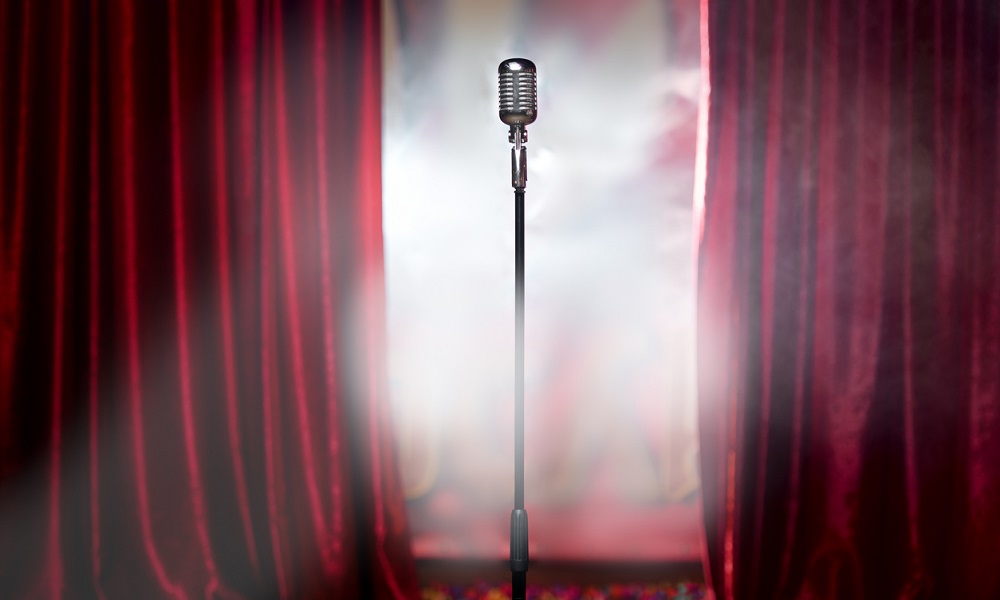Attention comedians! Imitations of famous personalities, although common practice in the audiovisual market can create problems from the standpoint of image rights.
Encarna de noche, by Martes y Trece, the unforgettable characters in Homo Zapping, the Guignols, or internationally, Saturday Night Live sketches, are just a few examples of imitations of well-known characters that form part of our audiovisual memory. In fact the proliferation of comedy programs on television and radio, as well as numerous talent shows with comedians, have made these imitations commonplace in the vast number of entertainment programs that are currently available and which undoubtedly offer welcome relief from the permanent uncertainty of the pandemic.
Although it is true that jokes should be taken lightheartedly, some imitations can be very hurtful and some people oversensitive. In these cases, good humor can end abruptly if the comedian, program producer or broadcaster are faced with a claim for infringement of the image rights of the person imitated. Indeed, “infringement” doesn’t sound like much fun and a legal proceeding on these grounds isn’t either, even though some lawyers do find it amusing to analyze an imitation of Chiquito de la Calzada by Florentino Fernández (see here)–. But what do image rights have to do with all this?
Scope of protection of image rights
The right of publicity, recognized in article 18.1 of the Constitution and regulated by Organic Law 1/1982, includes a person’s name, voice and also their image, as an identifiable representation of a person that makes that person recognizable, at least to their inner circle. This broad interpretation started with the dissenting option in the Supreme Court Emilio Aragón judgment (1998), which constitutes the starting point for subsequent judgements that have upheld infringements of image rights in cases of imitation or likeness (see Joaquín Cortés judgment (2002) by the Barcelona Court of Appeal).
Having established a broad interpretation of the concept of “image”, we should now focus specifically on imitations. In this regard Madrid Court of Appeal’s judgment in the Pepe Navarro case (2008) distinguishes between: (a) imitations in the strict sense of the word, in which the imitator is not known and may successfully confuse the public as to whether he really is the person imitated, which could, in principle, constitute infringements of publicity rights of the person imitated and (b) other imitations in which the imitator is known or which because of the circumstances of the scene those watching or listening are aware that they are not in the presence of the person imitated, which might not be an infringement of publicity rights.
If we go one step further, when assessing the existence of unlawful intrusion the aim behind the use of the appearance of the person imitated is also important. An imitation for commercial purposes, without the consent of the person imitated may be considered unlawful intrusion, which entitles the person imitated to claim compensation based on article 7.6 of the Organic Law: this is what occurred for example, in the Pepe Navarro judgment, in which the popular presenter was imitated in an advertisement for a car.
An exception for caricatures
Since the aim of the imitation is a relevant aspect, case law is tolerant of these types of comical representations in a humorous or entertainment context. Why? The application of the limitation established in article 8.2.b) of said Organic Law in respect of caricatures of public figures, which is tolerated in the cultural and artistic world and in performances. The limitations on fundamental rights – such as parody – must be interpreted restrictively and safeguarding their essential content, although in this case it is acceptable for the protection of a person’s image to make way for another fundamental right such as creative freedom. This would cover comedians even if they refer to reality (see Constitutional Court judgment no. 51/2008), and also social customs, which permit the imitation of certain public figures.
A recent case: “Do you know the one about?”
Having established the above, we need to ask whether comedians can license to others the right to use their jokes or to imitate them. This would be tantamount to providing protection both to their monologues – very possibly protected by intellectual property – as well as to their interpretations, and why not, to their characters. The Barcelona Court of Appeal judgment no. 287/2020 contains some interesting observations in this regard, although it was clear in affirming that it was limited to a case of unfair competition due to disparagement (ap. 19).
The case in question, involved a contract signed by the heirs of the comedian Eugenio with a stand-up comic, to exploit the image of the deceased comedian, his well-known gags and jokes. In the opinion of the Barcelona Court of Appeal and although it is simply an opinion, the character created by the comedian cannot in itself be protected by intellectual property, although that character and the original content of his representations (jokes, turns of phrase, monologues or gags) may be protected in this way.
In any event, it is important to note, as the judgment mentions, that intellectual property rights also have their limitations that allow works and other protected items to be used without the authors consent. In this case, the most appropriate limitation that would allow the comedian to imitate someone, is parody, which is allowed when there is no risk of confusion with the original work that has already been disclosed and damage is not caused to the author or the work itself.
In view of all the above it would appear that in principle, there is nothing to worry about: it is possible to continue to enjoy comic imitations of famous figures without fear of a claim due to infringement of image rights when the content is not particularly degrading or harmful. However, it should be borne in mind that these imitations cannot be used for any purpose: someone famous cannot be imitated without his/her consent in advertising since in this case the clearly commercial aim behind the use of the image prevents the application of the limitation on caricatures.
Ricardo López Alzaga
Intellectual Property Department






